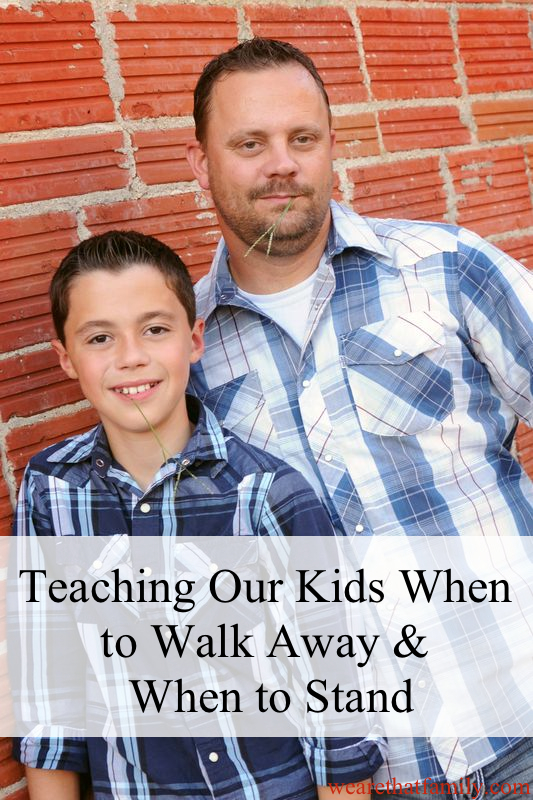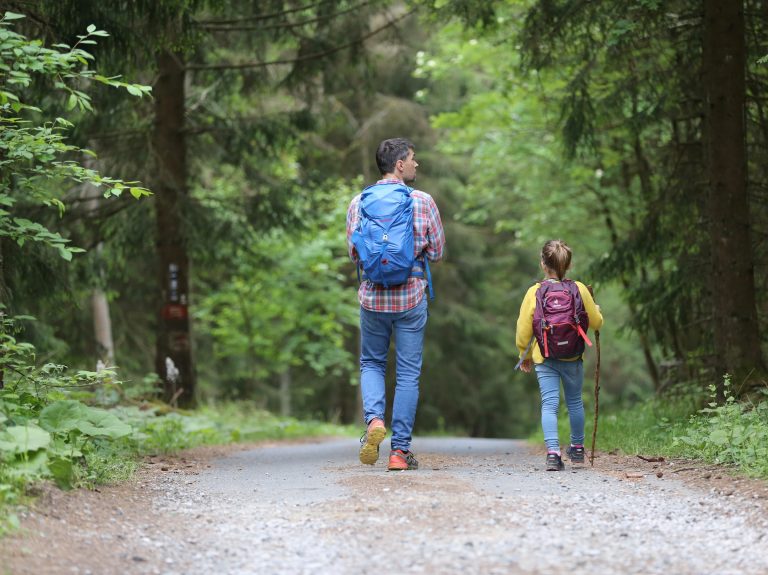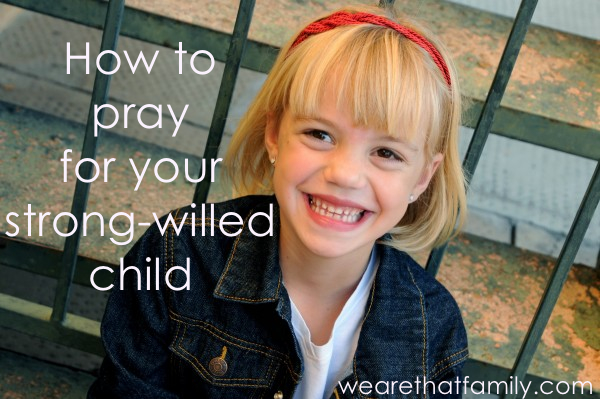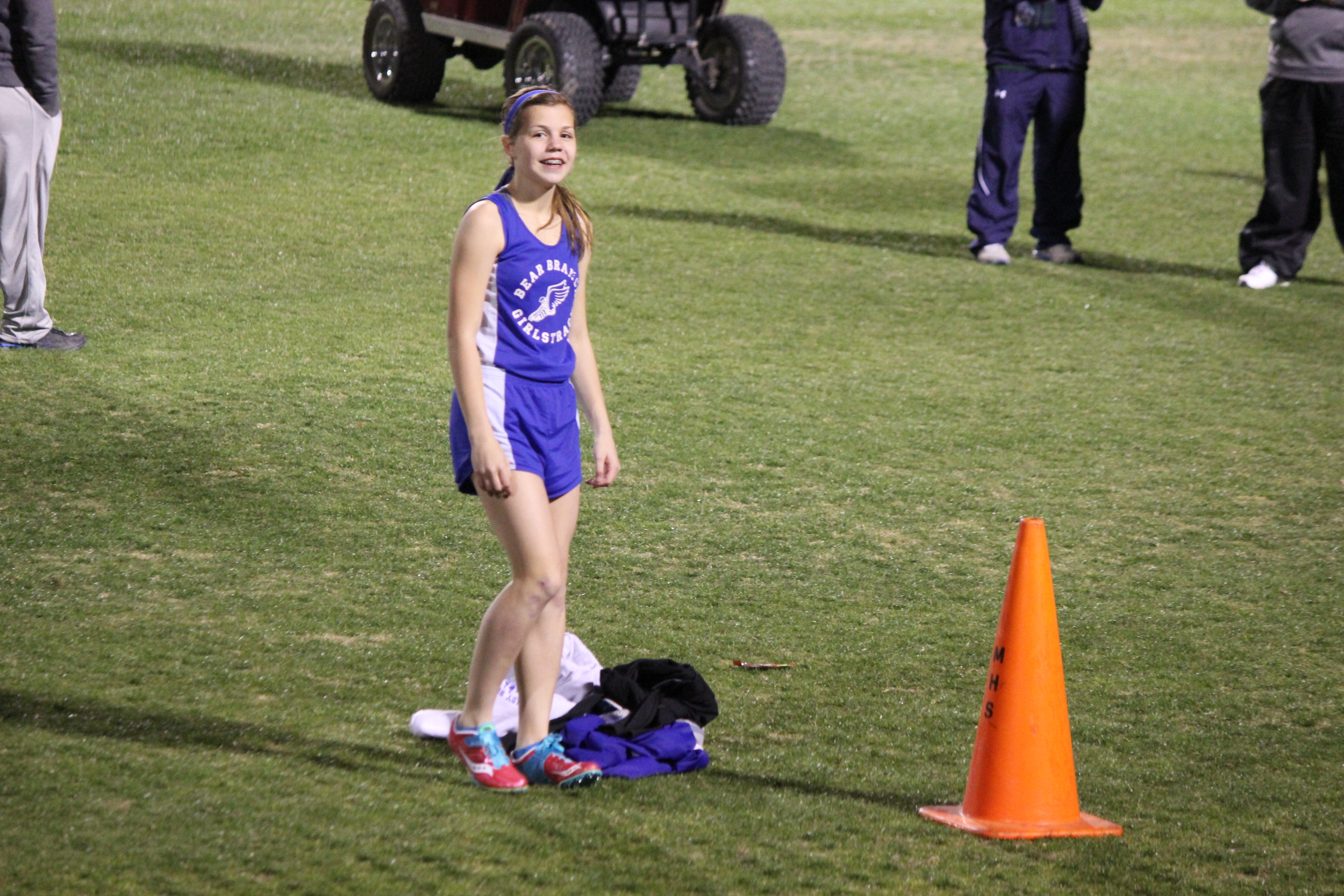Teaching Kids When to Walk Away and When to Stand
I pulled my van to the carline curb and I could tell by the look on my happy kid’s face, the day didn’t go so hot.
Before his seatbelt was fastened, the words tumbled out. He was wringing hands and his voice shook and my heart right along with it.
“I have to see the Principal tomorrow. I got in a fight,” words I’d never heard from his lips.
I waited for the punchline.
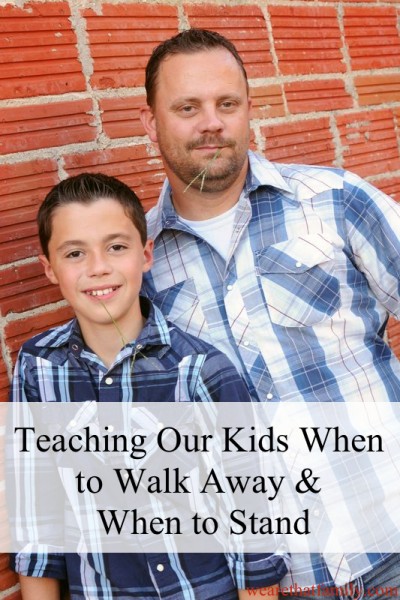
His teacher waved my car over and motioned for me to roll down the window. I knew it wasn’t a joke by the look on her face. She told me my son would explain and then this God-sent teacher said, “Don’t be hard on him, Mom. It was a natural response.”
Within minutes I had the story: A couple of boys started picking on my son at lunch. The same intimidating boys we told him to walk away from months earlier when they started name-calling. My son did it and it held off the bullies. For awhile. When it started back up, my son walked away. Again. But this time, one of the boys rammed him with his shoulder. My son did the same back. A lunchroom aid told them to knock it off.
My son is a peacemaker. He’s kind and probably one of the most tender boys I know. I wasn’t surprised to hear that he walked away for the third time after the reprimand. That’s when he was pushed from behind, so hard he stumbled forward several feet.
He turned around and pushed back just as hard.
And that’s what you call a school fight. Thankfully, teachers broke them up and separated them. They collected stories and witnesses and nervous boys.
After school, my son was worried we would be upset with him.
I realized we had clearly taught him when to walk away, but not when to stand.
He learned that lesson all by himself.
I told him how proud I was of his choice to walk away first and defend himself second.. “Maybe I should have punched him? I almost…” and the testerone flowed. I told him we don’t advocate fighting and fists never fix things.
“Mom, I think the name calling is over,” he said and smiled for the first time since being picked up. I told him there might be a consequence at school for pushing back, but it didn’t matter. He did the right thing and if the right thing was punishable, we would take that too.
He gave his side of the story to administration the next day. I got a phone call explaining that the bully situation was being dealt with seriously. And then she commended my son for doing the right thing.
“Your son did exactly what we want our students to do. He walked away and then when that didn’t work, he stood firm,” she said.
What we need to teach our kids concerning bullies:
- Define it: “Bully” is a loose term these days. My kids even use it at home referring to each other. We define it as someone who is consistently trying to intimidate you with their ugly words or their bodies.
- Avoid bullies: These kids aren’t cool, don’t try and be a part of their group or win them over. And don’t join them being verbally abusive to someone else.
- Walk away: Sometimes the most powerful response to a negative word is to simply ignore it. It’s like letting air out of bulging tire. Many “bullies” are just full of hot air and walking away diffuses the situation.
- Tell an adult: It’s always okay to tell your parents or a teacher when someone is name calling or making your feel inferior with their words. There’s a fine line between reporting a bully who is relentless and tattle tailing for every little thing. But if it’s something that goes on regularly and is a problem, our kids need to feel safe in reporting it.
- Stand and defend yourself: There are some situations where you need to stand tall against them. This act of bravery is often enough to send them scampering.
The boys had to “serve some time” (my son’s words) and when they said their “bullying had just been for fun” the teacher asked my son if he thought it was fun. The boys were sorry and offered a sincere apology.
My son learned when to walk away and when to stand. It was a good lesson for all of us.
